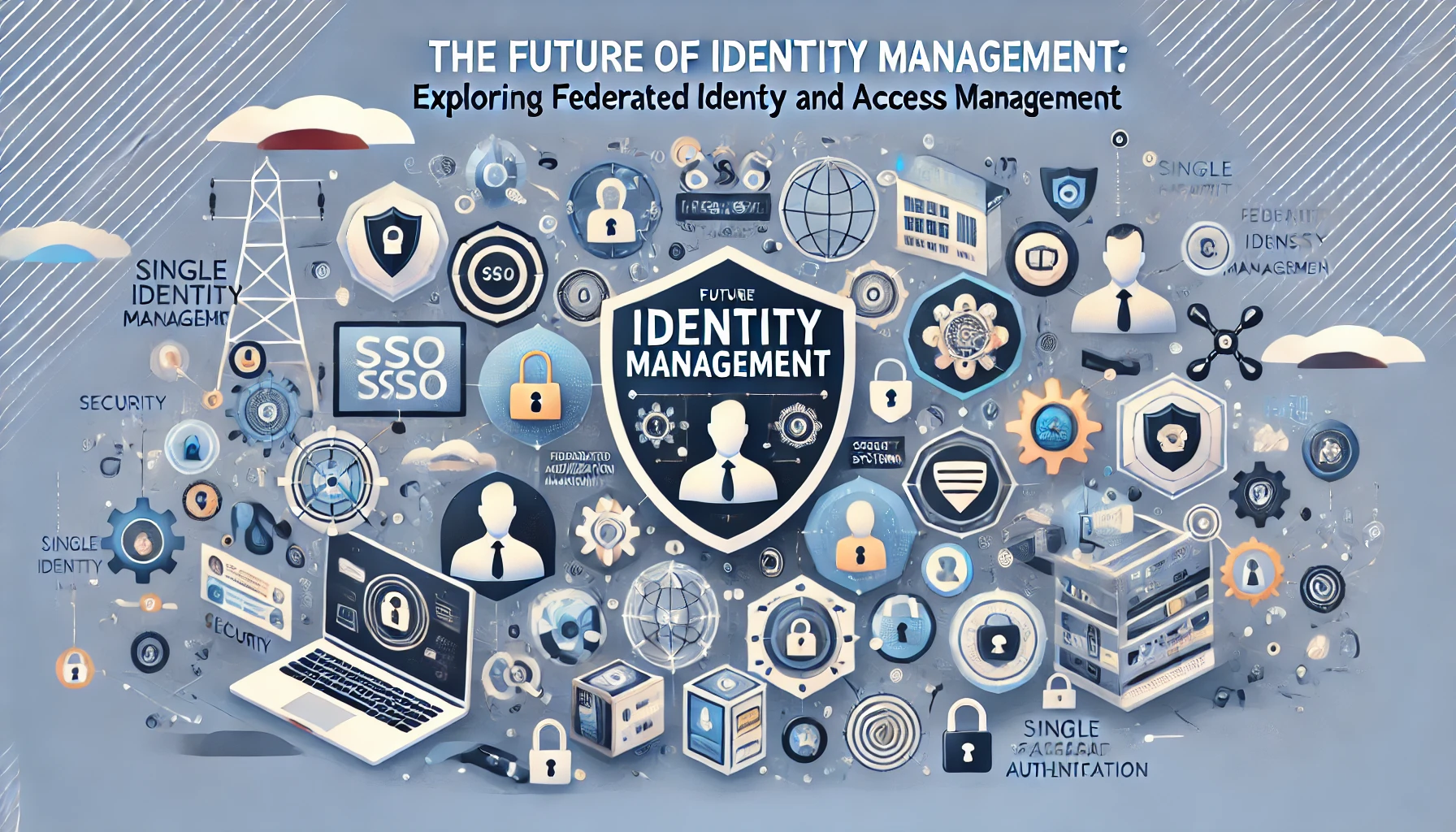
Understanding Federated Identity and Access Management
Federated Identity and Access Management (Federated IAM) is a crucial aspect of cybersecurity that allows organizations to securely manage user identities and access across multiple systems and applications. By leveraging federated IAM, businesses can streamline user authentication processes, enhance security, and improve user experience.
Key Components of Federated IAM
At its core, Federated IAM involves the establishment of trust relationships between different identity providers and service providers. This enables users to access multiple services using a single set of credentials, eliminating the need for separate login credentials for each system.
Single Sign-On (SSO)
One of the key benefits of Federated IAM is Single Sign-On (SSO), which allows users to log in once and access multiple applications without the need to re-enter their credentials. This not only simplifies the user experience but also reduces the risk of password fatigue and increases security.
Security and Privacy
Federated IAM also enhances security by allowing organizations to implement multi-factor authentication, role-based access control, and other security measures across all federated systems. Additionally, it helps organizations comply with privacy regulations by ensuring that user data is securely managed and protected.
Challenges and Considerations
While Federated IAM offers numerous benefits, there are also challenges to consider. Organizations need to carefully plan and implement federated identity solutions to ensure compatibility, security, and scalability. Additionally, ongoing monitoring and maintenance are crucial to detect and address security threats and vulnerabilities.
Interoperability
One of the key challenges of Federated IAM is ensuring interoperability between different identity providers and service providers. Organizations need to establish trust relationships, define authentication protocols, and implement standards such as SAML, OAuth, and OpenID Connect to enable seamless federated identity management.
Risk Management
Another consideration is risk management. Organizations need to assess potential security risks, implement appropriate security controls, and regularly audit federated identity systems to detect and mitigate security threats.
The Future of Federated IAM
As organizations continue to adopt cloud-based services, mobile applications, and IoT devices, the need for secure and seamless identity management solutions will only grow. Federated IAM will play a key role in enabling secure access to resources, protecting sensitive data, and ensuring compliance with regulatory requirements.
Conclusion
Federated Identity and Access Management is a critical component of modern cybersecurity strategies. By implementing federated IAM solutions, organizations can enhance security, streamline user authentication processes, and improve user experience. As the digital landscape evolves, federated IAM will continue to play a crucial role in enabling secure and seamless access to resources.
Stay Connected with Secure Debug
Need expert advice or support from Secure Debug’s cybersecurity consulting and services? We’re here to help. For inquiries, assistance, or to learn more about our offerings, please visit our Contact Us page. Your security is our priority.
Join our professional network on LinkedIn to stay updated with the latest news, insights, and updates from Secure Debug. Follow us here







